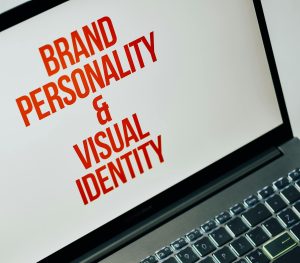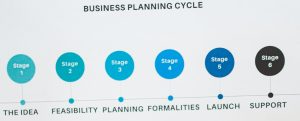A Blueprint for Brand Building

The 1-3-2 Rule:
Today, let me share with you a mindset for building a brand: it’s called the 1-3-2 Rule, which means spending 1 unit to construct the brand, saving 3 units in transaction costs, and gaining 2 units in brand premium.
What does this mean?
As a business consultant, my daily frustration is encountering too many foolish bosses. Take, for instance, this OEM (Original Equipment Manufacturer) who manufactures leather shoes for others but registered a trademark for himself, only to find it challenging to sell his own products. When asked why he registered a trademark if he couldn’t sell the shoes, he explained that others could charge an extra $20 just by sticking a label on the shoes, and he wanted a piece of that. But why couldn’t he sell his shoes? What should he do?
To solve this “what to do” problem, we first need to understand the essence of the issue. The root of the problem is that what others stick on is a brand, while what you registered is just a trademark. Placing a trademark on a product doesn’t automatically make it a brand.
What is a Brand?
A brand is a container that becomes the preferred choice by carrying consumers’ “understanding, trust, and preference.” What you registered as a “trademark” is a new container with nothing inside, and consumers won’t prioritize choosing it.
So, how do you truly build a brand that makes consumers prefer you?
Concept: The 1-3-2 Rule
Today, let’s first understand the “1-3-2 Rule” for building a brand:
Spend 1 unit to build the brand, save 3 units in transaction costs, and gain 2 units in brand premium.
What does this mean? In simple terms, brand building allows consumers to spend less money, and you make more money.
Wait, isn’t the synonym for a brand “making consumers spend more money”? Actually, no. You won’t succeed in brand building with this mindset.
Let’s take your shoes as an example to understand the 1-3-2 Rule.
Your shoes, made of leather, are priced at $80 while others sell similar ones for $100. You think, “I won’t charge that $20 ‘brand premium,’ and customers will flock to my store, right?”
Consumers come to your store, and the first thing they ask is, “Is this really leather?” You say, “Yes,” but they don’t believe you. Out of 10 people who pick up the shoes, 9 put them back.
So, you approach an authoritative testing organization, get your shoes tested, and proudly display the certificate in every store. But the cost of the shoes goes up by $10. You raise the price from $80 to $90.
Consumers return, still asking, “Is this really leather?” You answer, “Yes, and it’s backed by a certified test.” They remain skeptical: “The tested pair was leather, but it doesn’t mean this one is.” Out of 10 people, 7 put the shoes back.
You contact the organization again, have every pair tested, and label them all with the “leather” tag. However, this raises the price by another $20, and you increase the price to $110.
Consumers return, see the certificate for every pair, and finally feel at ease. But when they look at the price, “This pair, from a big brand, is $100. Why should I pay $110 here?” Out of 10 people, all 10 put the shoes back.
Why did this happen?
Transactions come with transaction costs. Spending $30 to gain a label that earns consumer trust is a “transaction cost.” What about big brands? They spend $10 “building a brand” to gain trust. However, brand trust is built on a relationship of “repeated games,” making it more efficient: “Rest assured, cheat you once, and nobody will buy from me again.”
So, you spent $30, and the brand spent only $10. They can charge a $20 “brand premium,” consumers spend $10 less, and they earn an extra $10. That’s the “1-3-2 principle.”
Understanding the “1-3-2 principle,” you’ll comprehend that a brand is the ultimate destination for all products. Brand guru Wally Olins reminds us: even though Muji is an unbranded brand, you can’t deny that it is still a brand.
Application:
Now, how should you specifically build a brand?
Build Brand Identity:
The first step is to make others aware of you.
Tomorrow, in the “Brand Symbols” lesson, we’ll learn more specific methods.
Establish Brand Essence:
A brand must have differentiated meaning.
The day after tomorrow, in the “STP







